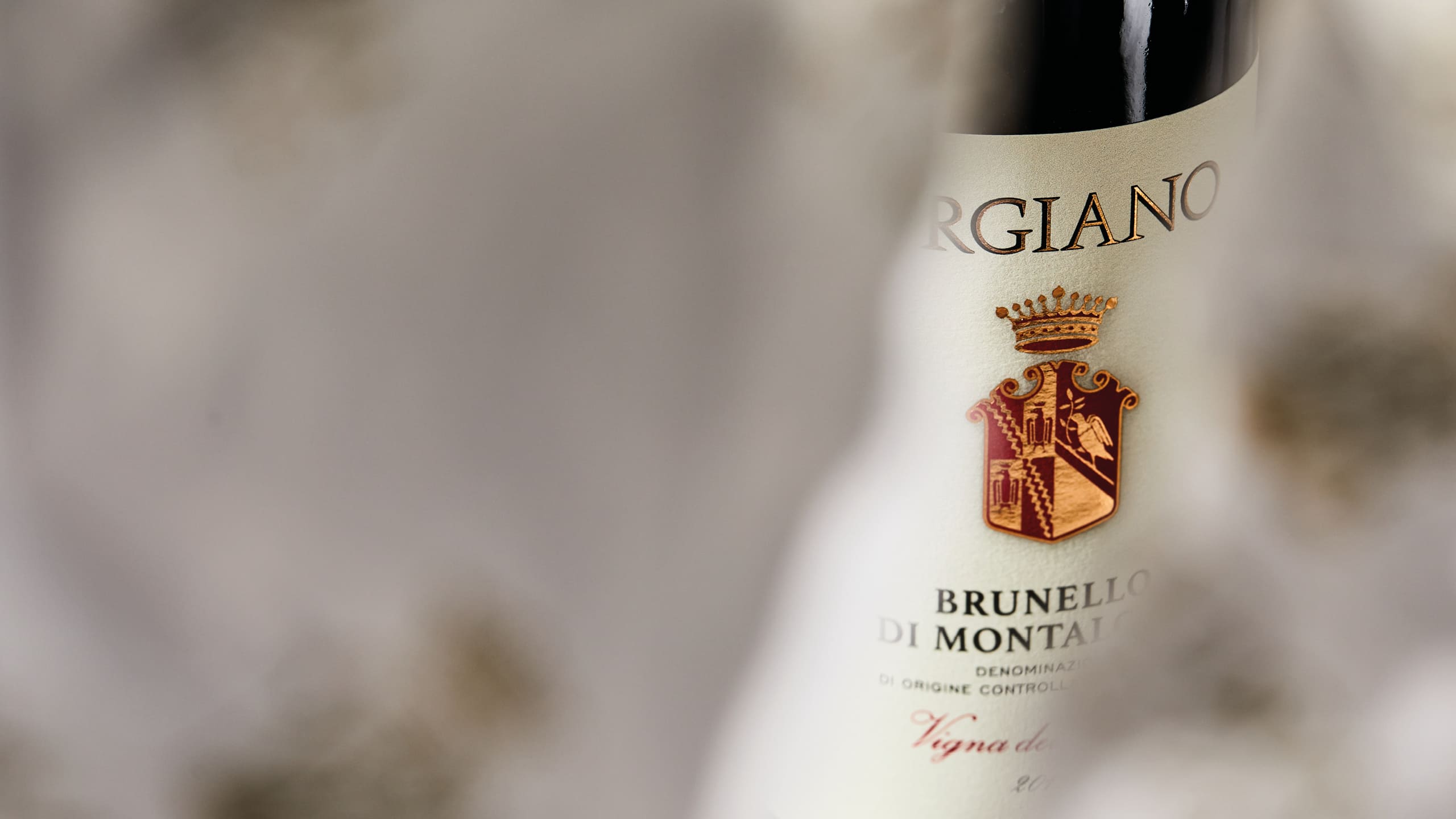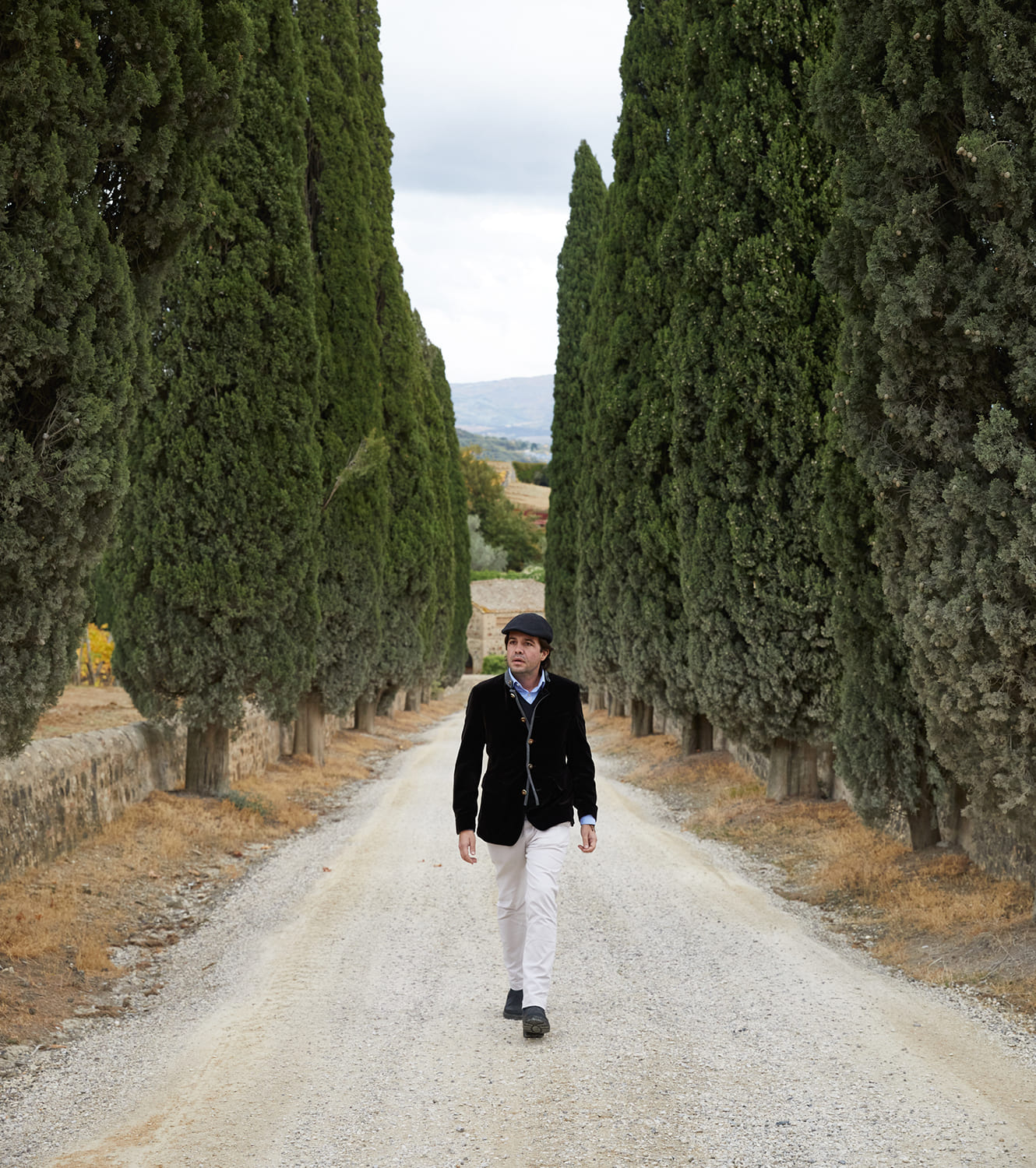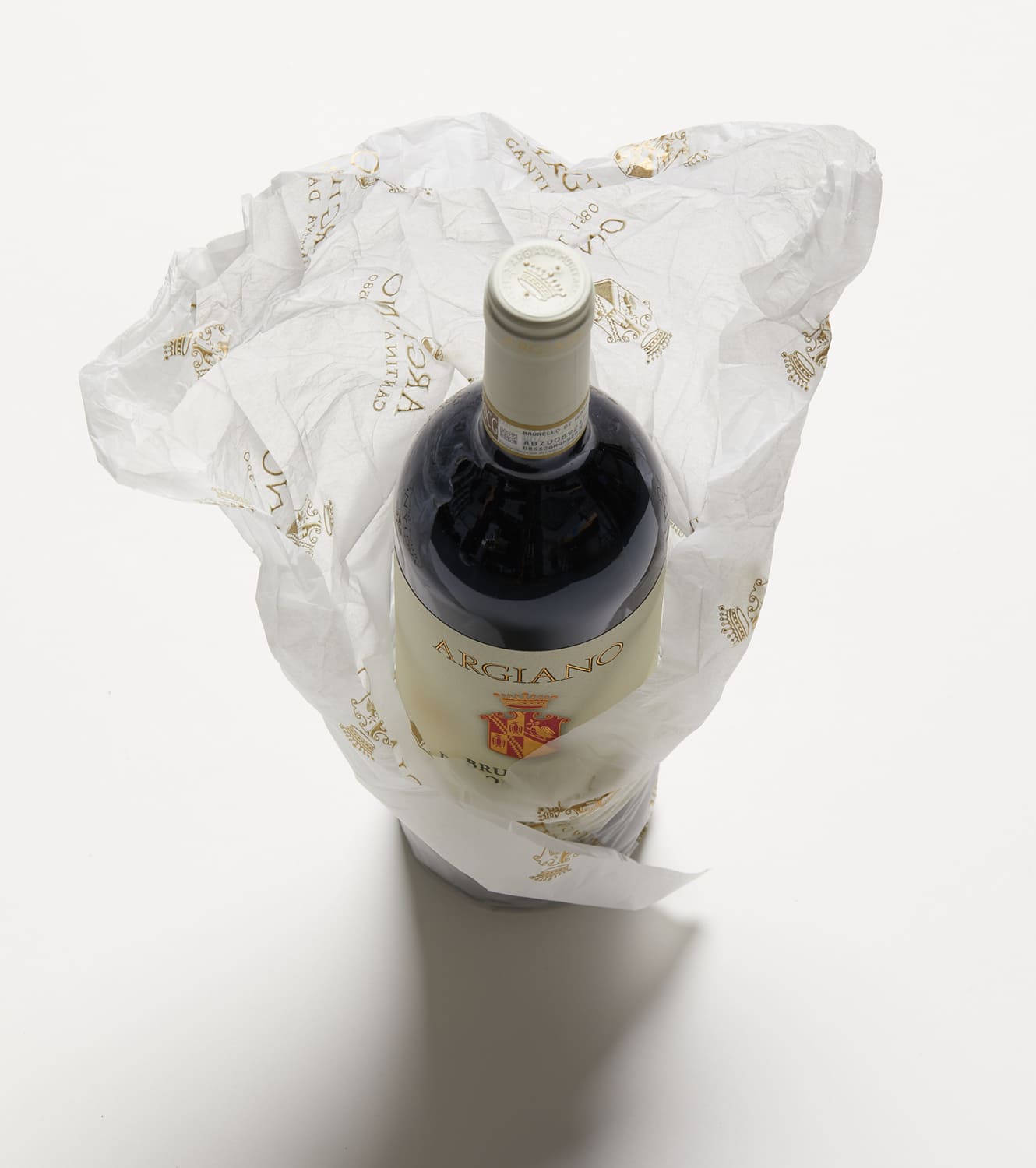
GROUND CONTROL
Soil mapping is transforming winemakers’ knowledge of their land. Jordan Mackay digs into the process with the help of expert Pedro Parra, whose work with Argiano has led to the highly praised 2018 Brunello di Montalcino Vigna del Suolo
You can’t make fine wine without understanding your terroir. Conscientious and observant farming can tell you a lot about a site but true knowledge of a plot takes years, if not generations of continuous engagement. These days, however, most vintners sadly lack the luxury of time – the financial realities of making wine, properties changing hands, and winemakers changing jobs make it more imperative than ever to get things right at the outset. Fortunately, certain technological tools have sped things up, none more so than a process called soil mapping. And few people are doing it more effectively than Pedro Parra.
A native of Chile and possessor of a PhD in terroir from the Institut National Agronomique de Paris-Grignon and a Master’s degree in Precision Agriculture from Montpellier, Parra travels around the world helping winemakers make better wine by giving them an understanding their vineyards. “Basically, my job,” he says in a video call from his home, “is to give the winemaker information that helps them interpret the music better.”
Parra is known as a guy who digs a lot of pits – holes in the ground up to three meters deep that reveal the underlying geology of a vineyard and the depths of its varying substrata. However, a pit can only tell Parra what the geology is in that very spot, which is why many need to be dug to cover an entire property – an endeavor costly in both time and money. The process is made more efficient by the use of technology in electroconductivity borrowed from the mining industry, in which readings of electrical resistance and conductivity can be cross-referenced with data from the pits to detail where the underlying rock is continuous or where it might give way to another soil type. “If you don’t use this process, you need to make ten times more pits,” says Parra.
Parra’s third major tool is his palate. Tasting is what allows him – and his clients – to connect the data from the rock to the reality of the wine. When he tastes wines, he doesn’t seek out flavors like cherry or tobacco, but rather energy and texture – the sense of vitality and charge present in wines from different geologies. That wines can have a geological signature is a bit controversial (some wine-writing geologists deny it) but Parra senses it a good amount of the time – for instance, the brightness and charge of a pure limestone wine versus the heavy density of a wine from clay.
“My job is to give the winemaker information that helps them interpret the music better”

One place Parra’s work has had an undeniable effect is in Tuscany, at the Montalcino estate Argiano. In 2012, Bernardino Sani was hired by the new owner, Brazilian entrepreneur André Santos Esteves, to take over the historic property, and he rapidly changed the direction of the estate, including everything from wine style, winery protocols and vineyard strategies. The idea was, in many ways, to break away from the modern, international-style wines that had trended in Montalcino for some time and return to the more classic, elegant style of an earlier era. This involved going back to traditional large oak casks for Sangiovese and viticulture that promoted vines and fruit, in Sani’s words, “more in harmony with the environment, more balanced, not stressed, not overripe, not super-concentrated.
Improving the quality of the viticulture required a better understanding of the soil, so Sani brought in Parra and his pits. “This was the first time something like this had been done in Montalcino,” Sani says. “He basically determined the soil composition and analyzed it with the clones we were planting, mapping variations in soil over the ages of the vines and the exposition of the slopes. Ultimately, he pointed out what were in his opinion six micro-zones of terroir based on soil types.”
To say the work was impactful is an understatement. Thanks to Parra’s analysis, Argiano began to produce a cru – a single vineyard wine, Vigna del Suolo – that in just the following vintage, 2016, won “Red Wine of the Year” from Gambero Rosso, Italy’s premier wine-ranking publication. That success came merely from reorganizing vines into lots based on soil type, so viticulture and winemaking could be precisely dialed in. Five of the other micro-zones, Sani told me, are now being treated as single vineyards with regard to winemaking, even though they are not being released individually. Rather, they are still blended into Argiano’s Brunello di Montalcino, though “in the future, who knows? Maybe we will come out with a couple other amazing crus of Argiano.”
For lovers of Brunello and Sangiovese in general – count me as one – more crus could be exciting news. But the returns reaped from the soil mapping don’t just end there. Gaining a better understanding of soil structure allows Sani and his viticultural team to also farm better – matching clones of Sangiovese and farming practices to each specific vineyard area, creating an overall healthier, more robust vineyard.
This holistic approach preemptively avoids problems that in past challenging vintages would have been addressed with inputs and techniques antithetical to Argiano’s current model of organic viticulture. It creates a win-win situation for all groups – vineyard plants, farmers, winemakers, and, yes, drinkers – as stronger vineyards produce better wines and more consistently.
And, finally, in what Sani termed a “stupid example” of Parra’s efficacy, “we discovered that two of our very best soils – one very close to Vigna del Suolo – were not even planted.” The land was uncultivated. “So in 2015, we decided to plant there,” explains Sani. “Now we have vineyards of only six- to seven-years-old that are the best quality of Sangiovese on the estate.” The older vines are still great, he notes, “but people can’t believe these wines can be from the youngest vineyards. And then you taste them…”
Soil mapping unlocked not only untapped potential on the estate, it paved the way for the elegant, focused, ethereal wines Argiano’s been producing under Sani. “Understanding what you have underneath the vines and working in a different, respectful way is so important for quality,” says Sani. “For us, it’s a big revolution in the way we work.”
Read our interview with Bernardino Sani where he discusses the 2018 Argiano Brunello di Montalcino, crowned Wine Spectator’s 2023 “Wine of the Year.”
Learn more about Argiano and the wines.




A SELECTION OF ARGIANO RELEASES
Argiano Brunello di Montalcino 2016
The 2016 represents the culmination of Bernardino and his team’s efforts, which started in 2010 and includes a transition to organic viticulture (official in 2018) as well as vineyard work that supports more balanced, elegant fruit. The wine shows it well, layering an enticing nose of red cherry, leather and coffee onto a wine that disguises its power with fine, polished tannins and a deceptively light color.
Argiano Brunello di Montalcino ‘Vigna del Suolo’ 2015
The estate’s top wine comes from a single, 4.4-hectare plot of the property’s oldest vines (55 years plus). Vigna del Suolo’s debut vintage brilliantly harnesses the power of that hot and dry year by deftly funneling it into the dense structure of a wine otherwise characterized by floral high tones, complexity and lift.
Argiano Rosso di Montalcino 2015
Rossos aren’t supposed to really age, but the good ones do very well. This one has matured beautifully, taking on some notes of coffee and spice over a core of dark, chunky fruit that makes it the great table wine it was always intended to be.
Argiano Brunello di Montalcino Riserva 1979
A fun wine to taste, as it comes from the golden age of traditionally made Argiano that Bernardino Sani wants to return to. Ethereal and structured at the same time, with highly complex aromatics that run from tart cherry to tobacco and spice box, the wine is a wonderful example of how Brunello need not be heavily extracted and oaked to age gracefully for four decades.
Notes by John Irwin, wine ambassador with Vinitaly International, and Jordan Mackay
PHOTOGRAPHY BY Rob Lawson, Leigh Banks, Matt Wilson
We recommend
MAKING HISTORY
With high praise for Argiano’s award-winning Brunello di Montalcino, winemaker and CEO Bernardino Sani shares his recipe for success, and his story, with Brian Freedman
ARGIANO’S POSITIVE TWIST
Listening intently to the land, fastidious soil mapping and a scholarly approach to viticulture, has earned the oldest Montalcino winery’s Brunello, red wine of the year. Nargess Banks visits the Tuscan estate to learn more
EXPLORE MAZE ROW’S HALO WINES
Maze Row has curated a collection of wines from unique producers, each with their own individual expression. Sommelier and Italian wine specialist John Irwin picks out the halos in the company portfolio
WINE TRAILS OF THE VAL D’ORCIA AND MONTALCINO
Continuing our Italian road trip in Val d’Orcia and Montalcino, where we visit wineries, cuisines, and stay in places that express this unique part of Tuscany




